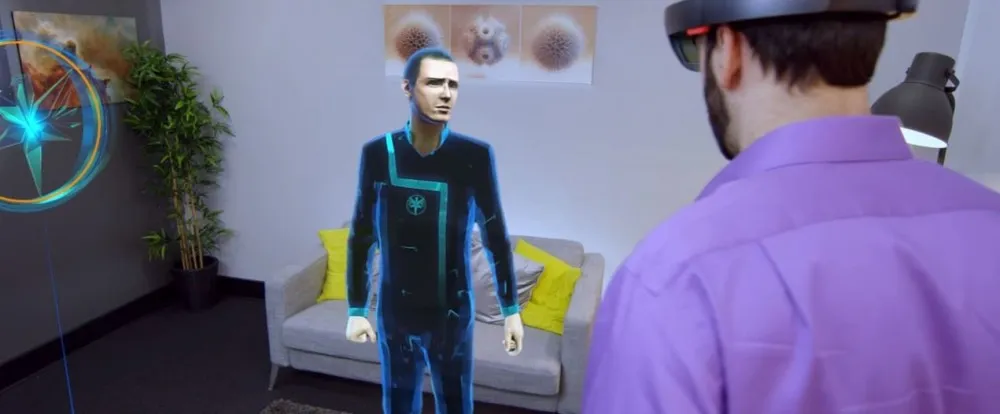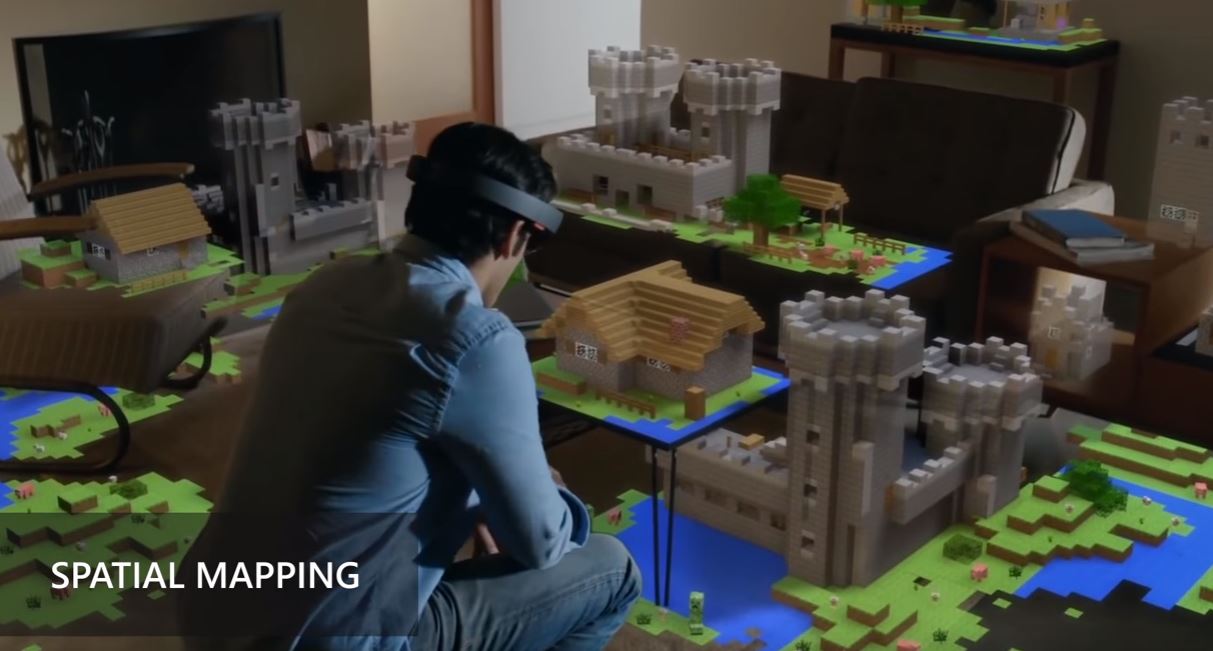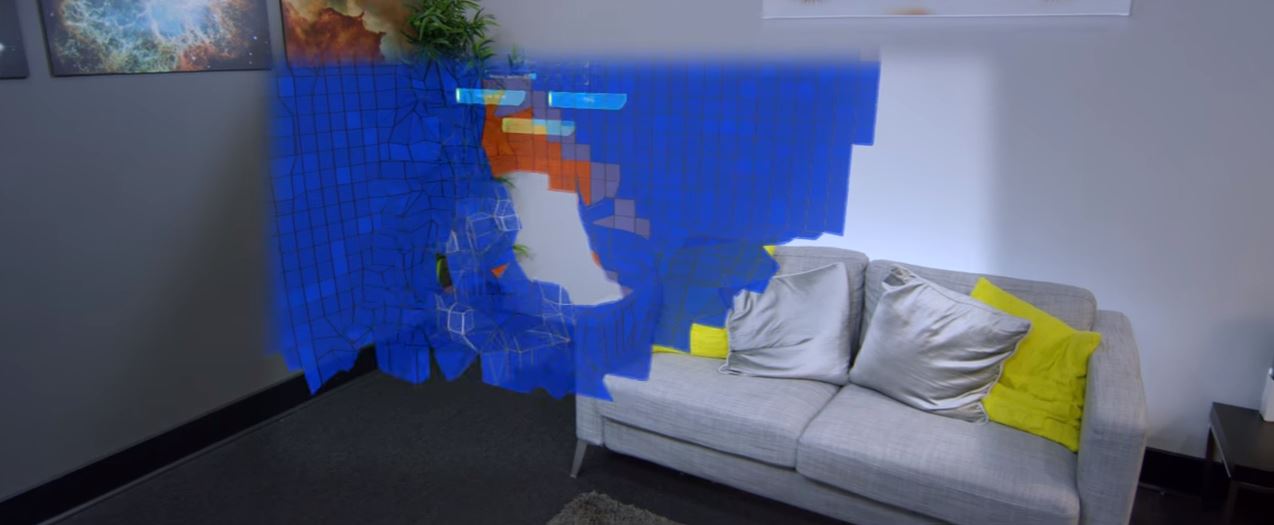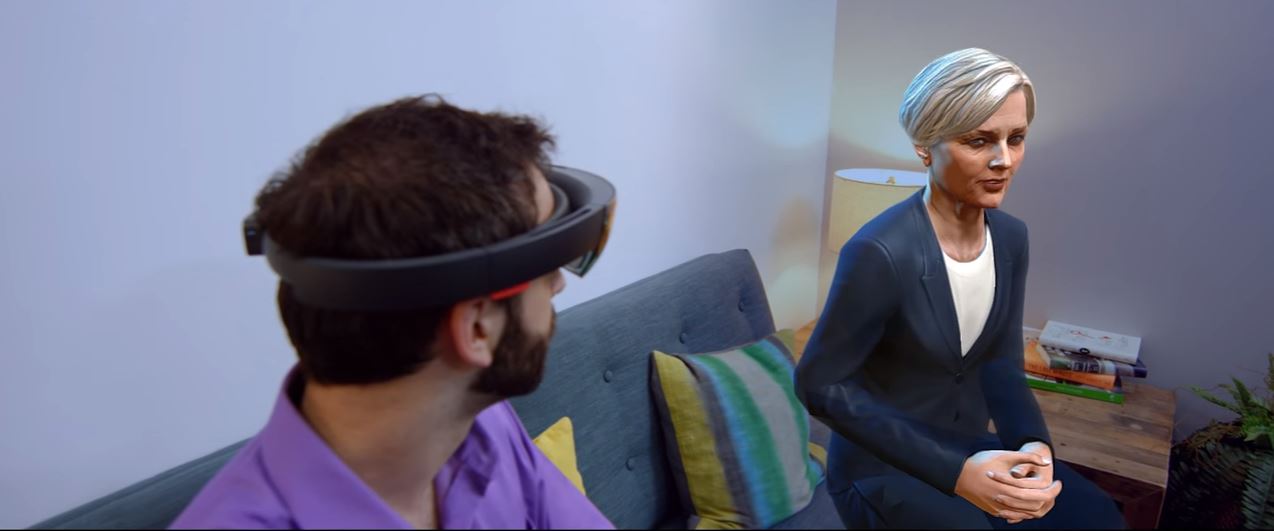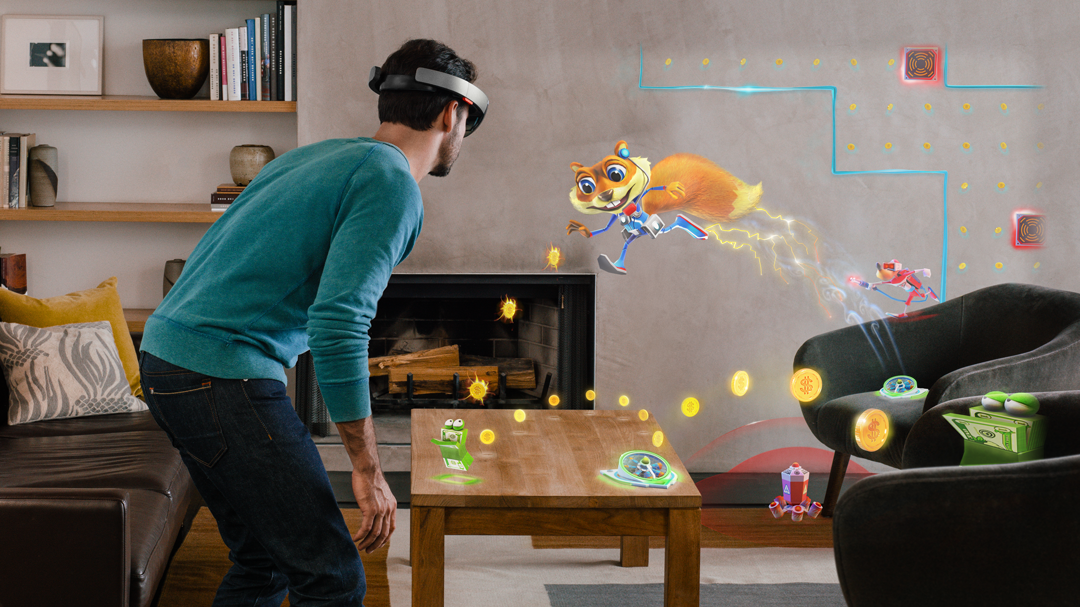Augmented reality is very likely the true future of interaction – at least from a practical perspective – but technology is still several years away from commercial viability. Despite that, companies like Microsoft, Meta, and Magic Leap all have one thing in common, other than all starting with the letter M: they’re heavily investing in the AR revolution.
VR is much farther along with the HTC Vive, Oculus Rift, and Gear VR already officially launched, along with plenty of games to play and other experiences to check out as well. Since AR is still in its early stages, with HoloLens just now shipping out dev kits with a pretty hefty price tag, it will be a while before we see any must-have applications of the tech. In many ways, it’s a completely new frontier.
HoloLens and the Future of AR Media
For Asobo Studio, that couldn’t get in their way. When you’re tapped by Microsoft to specifically develop two prototype game demonstrations specifically for the HoloLens, you’ve got to forge your own path pretty quickly.
“Our partnership with Microsoft has been around for a very long time, but we started working with the HoloLens about 4 years ago,” explained Sebastian Wloch, CEO and Co-Founder of Asobo Studio during an interview. “Prior to this we had worked on projects like Kinect Rush: A Disney Pixar Adventure, so we had a preexisting relationship working with some of their non-traditional stuff. Once we got our hands on the HoloLens, we were blown away and we knew that was what we wanted to work with. Holograms, AR, VR, mixed reality – we’re super excited about all of that.”
It’s a common sentiment that you hear from more and more game developers as these technologies establish a greater share of the market. Force Field recently formed from the ashes of Vanguard Games and VR-centric startup studios are popping up all across the industry. That doesn’t mean VR and AR are going to replace traditional media, but it does mean we’re on the verge of a potential paradigm shift and Asobo Studio is at the forefront of defining how to create content for AR devices.
https://www.youtube.com/watch?v=VzAwdBZ3KCQ
With that being said, Asobo Studio isn’t planning to shutter any other areas of their company any time soon. Traditional forms of media are, as far as they’re concerned, not going anywhere. “Some things are better on a 2D screen and some things are better in VR or VR,” said Wloch. “We don’t want to close doors and limit ourselves to one type of content over another.”
Since Microsoft and Asobo Studio have a preexisting relationship, it was a natural evolution to start conversations about cutting edge device like the HoloLens – they had already worked together on Kinect projects. They took a very collaborative approach to developing ideas and over time, landed on the two primary game concepts that HoloLens developers are already experiencing right now: Young Conker and Fragments, two of the first ever HoloLens AR games.
Your Living Room As an AR Crime Scene
When most people think of wearing glasses or a headset of some kind to augment the world around them, they often get flashbacks to scenes in movies like Iron Man or Minority Report. Floating buttons and keyboards look like a lot more fun to mess around with than you’d think. But for Asobo Studio, just giving you stuff to touch and interact with wasn’t quite enough when they were conceptualizing a game like Fragments.
“In Fragments, you’re not controlling another character or anything at all – you are actually in the game as yourself,” said Wloch. “This brought a new challenge because we had to figure out ways to make the NPCs in Fragments aware of your environment. We couldn’t have them walking through coffee tables when they should be sitting down on your couch. Since we can’t preset what a room or level looks like, we had to design the game in a way so that it could analyze a room and understand what was there.”
One example he gave is the game runs an analysis of the room and finds all of the flat and solid surfaces, then measures their distance in relation to other surfaces. By taking note of certain shapes – such as a couch or chair – it can determine if something else is a table, or another couch or chair. As time goes on and developers get more and more experienced with AR technology like this, I’d imagine we will eventually see entire rooms that people leave bare just to decorate them using their AR glasses instead.
In Fragments, you take on the role of a futuristic detective tasked with solving a crime all while staying inside your actual home, or wherever you happen to be playing. Objects will be superimposed onto your walls, characters will sit down and talk to you directly, and everything in your environment is augmented by the HoloLens to create a new world. It’s primitive in its current state, but this is the type of thing that could be the future of AR gaming.
“What we learned making games for Kinect is that the player’s body – not just buttons – can be an input,” said Wloch. “Now with the HoloLens, the entire room is an input. It’s ever changing, every room is different, and depending on how the environment is laid out, you have to do completely different things.”
Reviving a Rare Classic
Then as a bizarre thought experiment in attempting to make something completely and utterly different in almost every way, Asobo Studio also partnered with Microsoft to use one of their most beloved properties, Conker, who has fallen from grace as of late, to say the least. Back in the 90s he was a beloved treasure of Rare, mostly associated with Nintendo, but since Microsoft acquired Rare, he has all but been forgotten.
“For Young Conker, we wanted to do something totally different,” explained Wloch. “We wanted to see what it would be like to redefine a classic form of gaming – 2D platforming – and figure out how to make that work in AR instead. One control scheme we played around with is the idea of a cursor on the screen. If you were on a PC and closed your eyes then tried to click a specific button, you’d probably miss. But if you closed your eyes right now and I asked you to turn your head and look at something in the room, you could probably do it.”
The spatial awareness that our brain stores – such as the locations of things not in our immediate eyesight and how to move about physical space – are areas of the brain that often go unexplained or unexplored. In traditional gaming, you only need to be concerned with what’s on the screen in front of you and where you’re going next. Have you ever noticed how much easier it is to get lost while driving around in Grand Theft Auto as opposed to driving your actual car down the street? That’s why we have things like minimaps in games these days. But when the game melds into your real world, that starts to change a bit.
In Young Conker, there is no controller to worry about. You won’t be pressing and buttons or tweaking any analog sticks. Instead, you’ll tell Conker where to go based on where you’re looking. “He follows your gaze,” said Wloch. “Each level is dynamically generated around your room, using the environment and the objects within, to create an obstacle course of sorts. Since he moves quickly, it can be a challenge to keep track of him and help guide him along the correct path, but it’s part of the fun.”
The biggest concern for a game like Young Conker, especially on the HoloLens specifically, is the limited field of view. According to Wloch, you stop noticing it after a few minutes of gameplay. “Just because you don’t see something in front of you in real life, doesn’t mean you forget that it’s there. It works the same way with objects and characters in the HoloLens.”
—
These are but two of the very first ever HoloLens AR games. It will be several years before this technology reaches the same level that VR is at right now, and by that point, the form factor for VR devices will likely be much thinner and easier to handle. Eventually, companies like Microsoft and even Oculus or HTC, will likely adopt a combination of VR and AR together as the true future of digital interaction.
Until then, we just have to wait for that digital future to become a physical reality.

